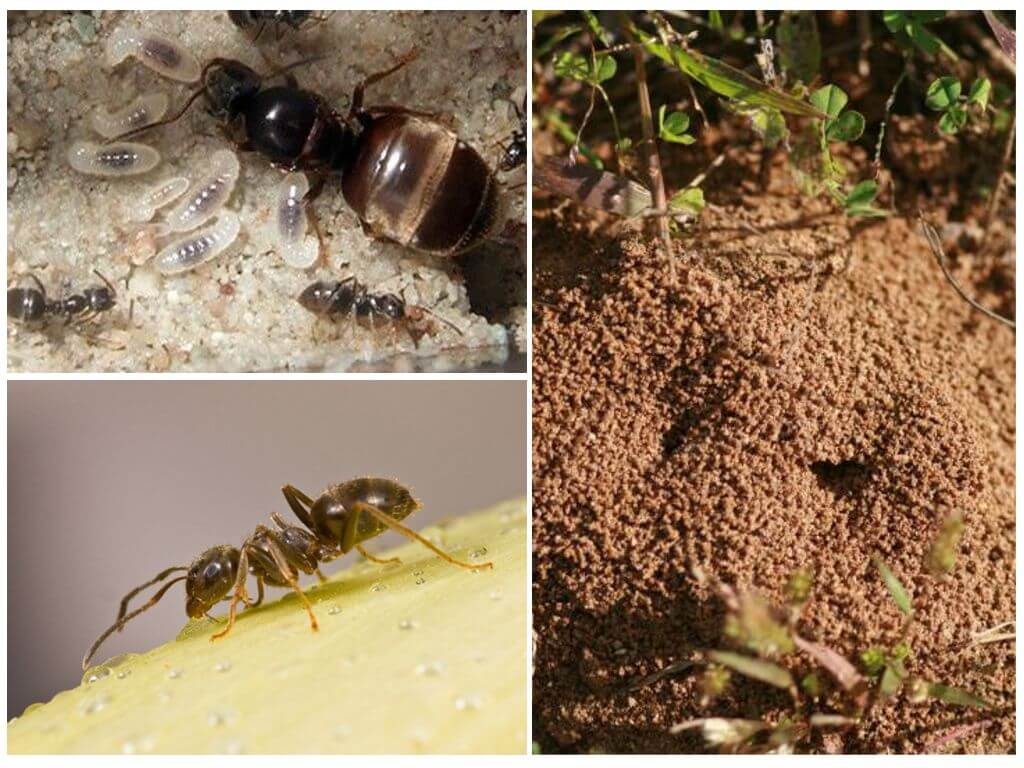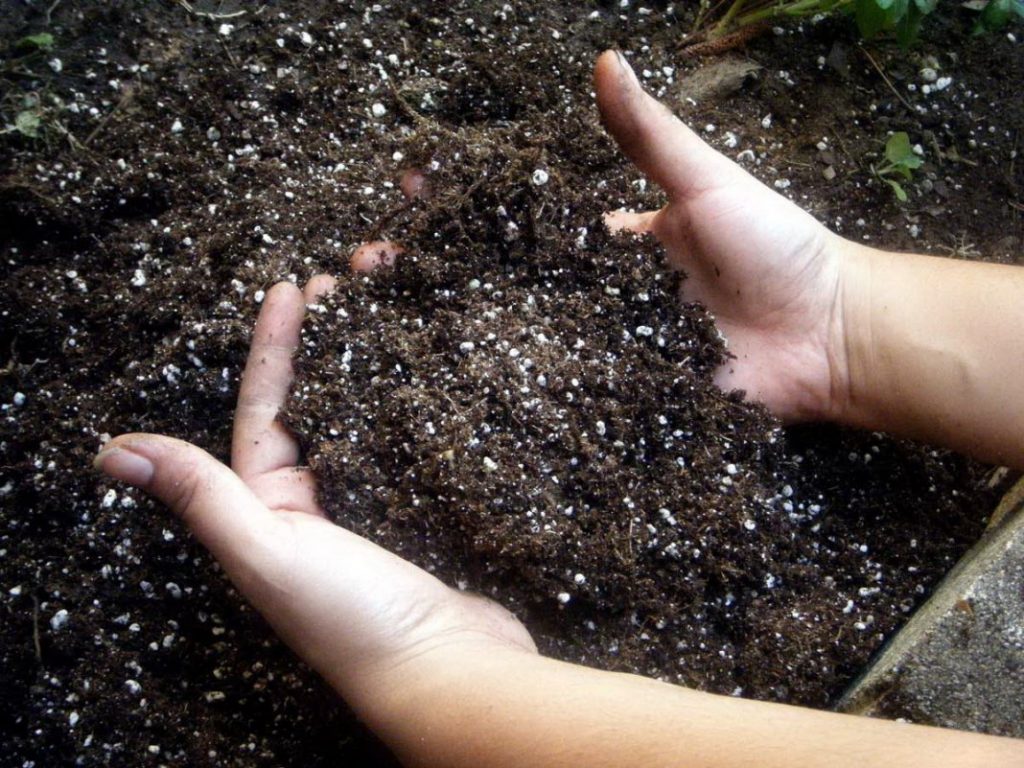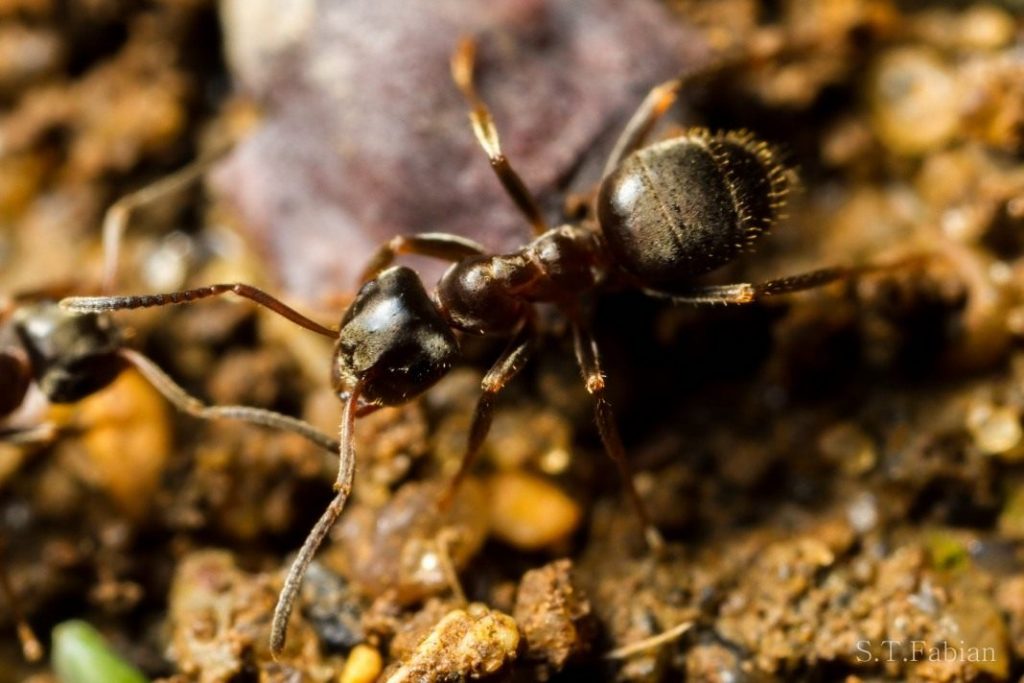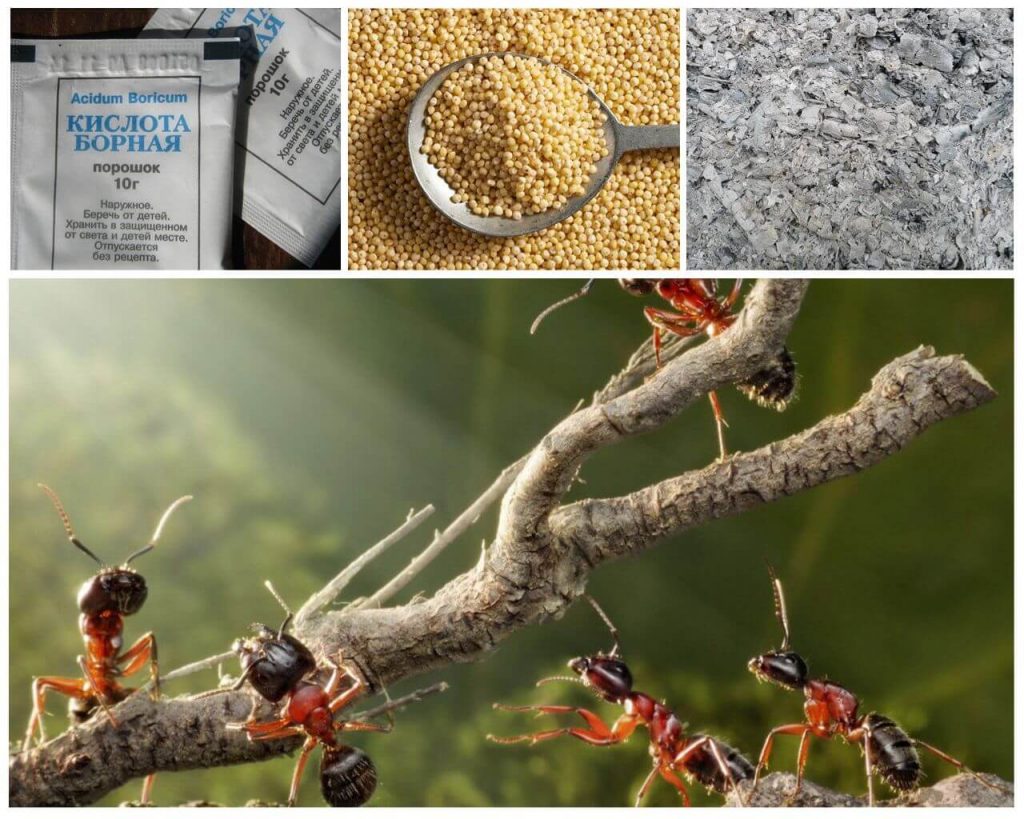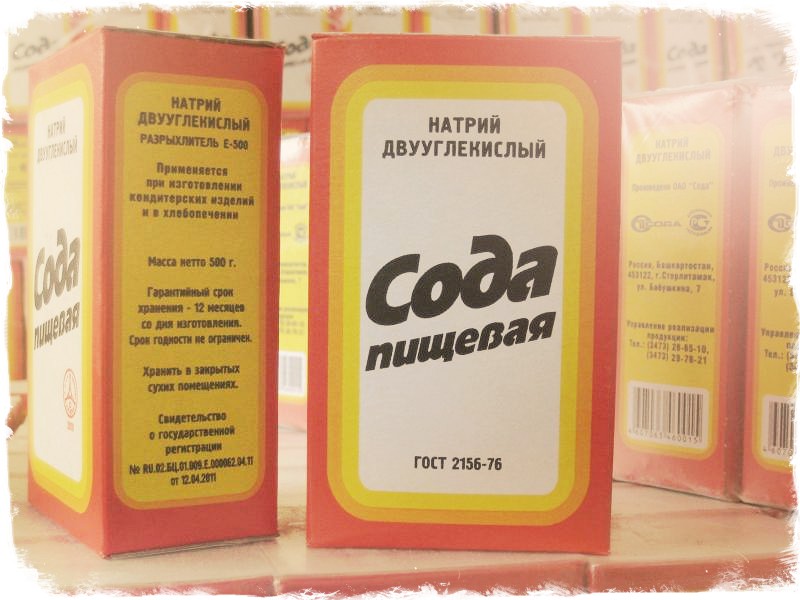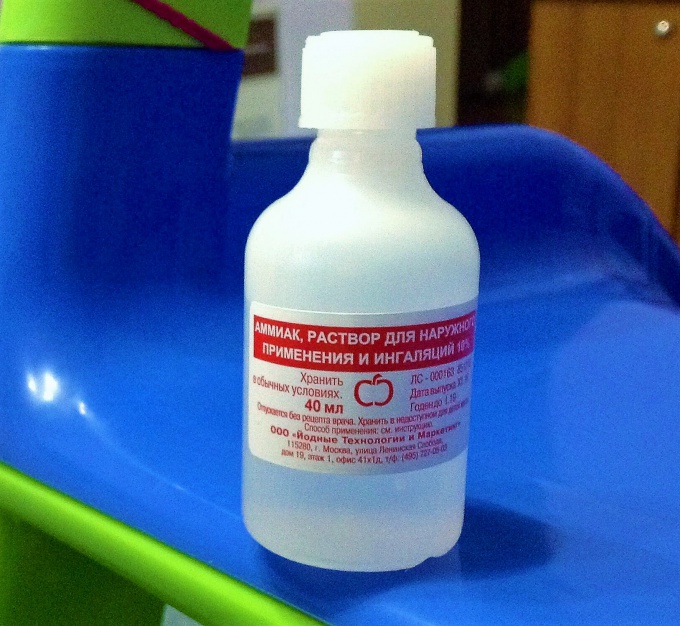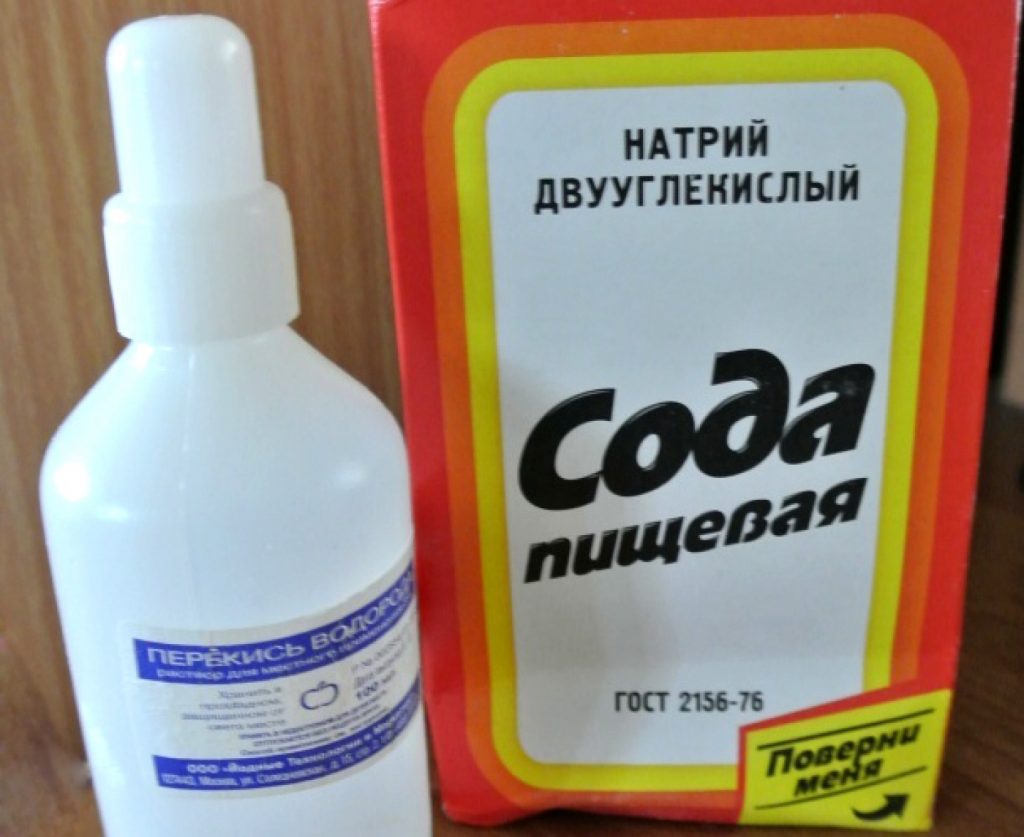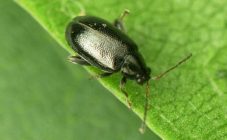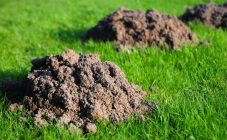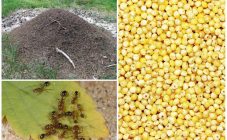Content:
Gardeners have long been fighting ants, which annoy and cause trouble in the garden and at home. A long time ago, people did not use chemicals, but fought against harmful insects with folk remedies. Gardeners still use these effective recipes to get rid of unwanted guests.
Garden ants: benefits and harms
The black garden ant (in another way it is called the black lasius) belongs to the genus Lasius, found in various countries. Black lazius live in the central zone of Russia, sometimes they are found in villages and houses.
Black garden ants are typically black or dark brown. Numerous microscopic hairs can be found on the body. Body size ranges from 3-11 mm, depending on class and gender. The uterus is distinguished by its large dimensions, which reach 7-11 mm. They are called big black ants. The life expectancy of queens is approximately 28 years, males - less than 1 year. A distinctive feature of the uterus is a regular offspring. In an anthill, as a rule, there is 1 queen.
Habitat of black ants:
- fertile land;
- under the stones;
- weak or diseased trees.
Optimally, black ants like to live in summer cottages. The ants feed on honeydew, which is secreted by aphids, and also on small invertebrates.
Forest and garden ants benefit the garden and save you from many harmful insects. Arthropods protect plantings from caterpillars, slugs, fly larvae, ticks. It has been established that the inhabitants of the anthill in the garden kill about 2,000 small parasites daily, and forest black ants collect about 17,000 pests, protecting the forest area of 0.2 hectares.
Grouse, black grouse, songbirds, bears, badgers, foxes willingly feed on ants. The birds "bathe" in the anthill, launching insects under their wings, and then get rid of them - they crush them against the feathers.
Ants help to improve the structure of the soil, increase fertility. The number of passages is reflected positively on the looseness of the soil, respiration of the plant root system. In addition, ants distribute crop seeds.
In addition, ants are a valuable raw material for drugs used in therapy:
- rheumatic and atrophic arthritis;
- insomnia;
- hepatitis A;
- dizziness in the elderly;
- neurosis.
Thus, the benefits of the presence of ants in the beds boil down to:
- destruction of garden pests;
- fertility of the land;
- feed for birds and forest animals;
- medications.
If black ants are bred in the garden, this indicates:
- healthy earth;
- heated topsoil;
- moisture in the lower layers;
- aeration.
The settlement of ants in the country threatens the site:
- An increase in the acidity of the soil. Negatively affects the life of cultures.
- Oppression of plant development. The proliferation of anthills leads to increased problems.
- Eating vegetables, berries, root crops that contain sufficient sugar: strawberries and strawberries, carrots and raspberries, pumpkin and gooseberries.
- Damage to flower buds. When collecting nectar, insects gnaw the petals and cups for intense juice release... As a result - unblown buds or unsightly flowers.
- Weed spread. 1 ant family eats about 10,000 seeds per season.
- Destruction of seedlings. Ants gnaw at roots and foliage.
- By turning the hollow of a tree or stump into dust.
- Transferring aphids to plants. Causes irreparable harm.
- Damage to the aesthetic appearance of flower beds, flower beds, alpine hills, lawns. The vigorous activity of ants destroys all the efforts of gardeners to improve the dacha.
- Intrusion of ants into homes and damage to food.
Rules for effective ant control
Ants settle on the site if the soil is poorly cultivated. To successfully resist insects, you need to systematically loosen the soil. The procedure will not allow you to strengthen the ant dwelling.
Will save the root system and remove the ants by treating the tree with lime. The soil near the crops is sprinkled with ash or baking soda - the products dry out the soil and help in the fight.
When a nest is found, it is destroyed. Digging is just right for both the nest and the surrounding area.
The dug-up soil is watered with a lime solution and sprinkled with an ash layer.
Next, the soil, which was inhabited by the parasites, is dug up again. They carefully monitor the movement of insects, which are able to find a new home nearby.
Gardeners will get rid of ants for a long time if they manage to eliminate the queen - the ant queen.
Lack of food in the garden will also cause insects to leave the area. The constant destruction of aphids will eliminate the ants' support for existence.
Getting rid of ants is not easy. This is due to the multistory structure of the anthill, the presence of worker ants on the surface, and the presence of the queen bee deep underground. When they get rid of insects-hard workers, they do not achieve results - a replacement quickly comes.
Chemicals
A substance that will deliver workers to the nest for feeding the larvae and the uterus will help to achieve the result.
Modern chemicals are used to combat that do not accumulate in the soil and plantings and are not harmful to humans at a large dosage.
Many vegetable growers process the soil with diazinon when digging. The insecticide is effective for many pests. Ants and aphids will remove insecticides that are used to treat crops:
- Bison;
- Ant-eater;
- Alatar;
- Muratsid;
- BI-58;
- Delicia;
- A great warrior.
Chemicals that are made using toxins harmless to humans are popular and in demand among vegetable growers:
- FAS-double and BROS;
- Storm and Globol.
Pests die within a few hours after treatment.
Gardeners practice Pest-Reject. The repeller acts on the basis of magnetic-electric waves and ultrasonic pulses.
Distinctive features:
- safety;
- environmental friendliness;
- 100% effective against ants and bedbugs, fleas and cockroaches.
Most chemicals used against harmful insects are toxic. They pose a threat to allergy sufferers, pregnant women, the elderly, and pets.
However, experienced summer residents recommend exactly chemical preparations for ants in the garden along with folk remedies.
Popular folk remedies for ants
Folk remedies are widely used in a personal plot in a battle with garden ants. In every home, you can find an affordable tool:
- Insects love sweets. It is appropriate to place decoys for parasites on the beds: containers with jam or sugar, honey, where insects will crawl. You just have to clean them up in time.
- Baking soda acts like a poison. Just fine dusting of the anthill. Parasites will quickly leave an unusable spot.To speed up the operation, soda is mixed with granulated sugar in an equal ratio and sprinkled on the anthill. Another way to use soda is an aqueous solution: add 2 tablespoons to a 1.5 liter bottle. l. The mixture is shaken and watered on the nest. The top is covered with plastic wrap to stop the flow of oxygen.
- Effective folk methods are considered: watering the anthill with steep pitch, lukewarm lime, as well as urine from pets.
- Certain foods are referred to as emergency aid in a duel with ants. The ants eat corn flour, semolina and millet groats themselves and deliver them to the nursery. When it enters the stomach, the cereal swells. The inability to digest the product leads to the death of parasites. The size of the anthill affects the consumption of millet and semolina - 2-3 kg. To speed up the process, granulated sugar is mixed in a ratio of 1: 3 or 4.
- Yeast. They have a similar effect. Sprinkling dry food on the anthill makes food stores poisonous. Destroys workers and the queen. Balls of fresh yeast are also prepared, which are mixed with a warm liquid, adding jam, honey, powdered sugar. The drug is laid out near the anthill.
- Ammonia. Indispensable in the fight against harmful insects. Required when eliminating a nest. To remove insects, you need a deep digging of soil. Water the earth with ammonia: 1 part of the drug per 100 parts of liquid. Lime or wood ash is added. The mixture is food for trees, for insects - poison.
- Strong smell. The pungent aromas keep the aliens out for a long time. Ants do not tolerate the stench of herring, cinnamon amber and vegetable oil.
- Carbolic acid. Carbolic sheepskin treatment removes parasites. The fur is cut into strips, impregnated with acid and wrapped around the tree 20 cm above the ground. The poisonous smell will not be to the taste of ants.
- Soot. Mix the product with wood ash. The habitat of pests is covered with a composition. Then it is heavily watered with saline. Insects will leave the garden for a couple of years.
- Vinegar. Undiluted product threatens all insects. For the solution, vinegar 9% and vegetable oil are used in a 1: 1 ratio. The components diligently interfere and fill the nest. In this way, pests are dealt with within 3 days.
- Soda and vinegar. The mixture is used to fight pests. A hole is made in the nest, where soda is poured. Then pour vinegar. At the end of the boiling process, the anthill is covered with soil.
- Kerosene. The pungent aroma frightens off and irritates parasites, makes you look for new housing. A rag soaked in kerosene is placed in places where insects are concentrated or the nest is watered.
- Boric acid. It provokes insect paralysis, penetrating the body, and is fatal. The recipe for the drug contains: a bag of boric acid, boiled egg yolk, 1 teaspoon of honey and sugar. From the mixed ingredients, balls are prepared, which are placed on the ant paths. Having tasted a toxic delicacy, ants die little by little in 2 weeks.
- Plants. Growing garlic and mustard, tansy in the garden is a reliable way for the ants to leave the site. They also rub the tree trunk with garlic arrows.
- Soap. Safe method. The soap foam, enveloping the ant, blocks the access of oxygen and causes death. You will need 100 ml of liquid soap for a 10-liter bucket of liquid.
- The use of ferrous sulfate. Whitewashing the trunk of trees will protect against aphids and ants.
Prevention measures
Preventive measures will help prevent black or red pests from entering the site or reduce their population. It is useful not to forget about digging the beds in autumn and spring, loosening in summer. Every year, at the beginning of the spring season, tree boles are treated with chemicals. Cultivation of plants: valerian, mint, lemon balm is a humane method of repelling pests.
Fighting ants in the garden with folk remedies will allow you to collect a good harvest and protect against parasites.Which method to choose depends personally on the gardener.
